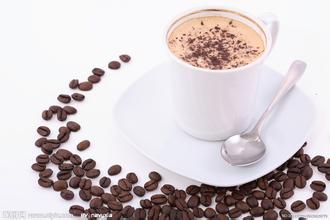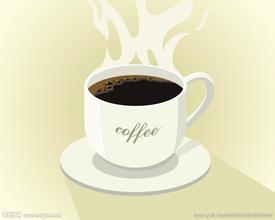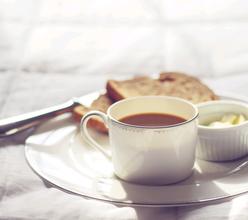Introduction to Hawaiian Kona Coffee that makes people enjoy unique pleasure.
The total output is also more than three times higher than that of the Big Island Coffee Garden. Surprisingly, Kauai Island has the largest coffee-growing area of any island, with more than 4000 acres, but all are managed by the same operator, while Molokai Island has only 550 acres of coffee-growing land, with even fewer Maui and Oahu. Most Hawaiian coffee farmers still pick fresh coffee cherries to sell today, but in recent years more and more people are committed to adding value to their coffee bean products. so most of them go to their own post-processing, drying, grinding and baking their own coffee beans Hawaiian flavor.
In Hawaii, you can watch the fiery sunset sink into the red-orange sea, feel the fresh air filled with the scent of flowers, and sit by the sea and drink a cup of Kona coffee. I'm afraid there is no place in the world that can offer you such enjoyment.
The earliest settlers in Hawaii arrived here between 300 and 400 AD, and historians speculated that they were from the Marcos Islands. People are scattered into different tribes that live on the island and are led by hereditary chiefs. The earliest Hawaiian residents created the rich musical culture of Hawaii, although not many words have been preserved.
Europeans discovered Hawaii by accident. They were looking for a legendary passage to the east where spices were produced, but they found the richest pearl in the Pacific Ocean. A captain named James Cook landed at Kauai in 1778 to resupply his ship. He encountered severe cold and storms on his way back, so he had to return to Hawaii at the beginning of the next year and anchor on a beach in Kona. Since then, the Hawaiian islands have become an important port of call on world trade voyages. The chiefs of Hawaii exchanged sandalwood, the island's specialty, for weapons, goods and livestock with passing ships. From the 1820s, Western religion began to spread widely on the island, and many churches built at that time are still in use today.
With the development of tourism in Hawaii, tourists can visit coffee farms, see or participate in various processes such as coffee harvest, coffee bean processing, baking and grinding, and make a cup of coffee that really belongs to them. In the Kona region, there are about 600 independent coffee farms, most of which are small family farms, usually between 18 and 42 acres. Kona Coffee earns more than $10 million a year for these coffee farms.

Important Notice :
前街咖啡 FrontStreet Coffee has moved to new addredd:
FrontStreet Coffee Address: 315,Donghua East Road,GuangZhou
Tel:020 38364473
- Prev

The best coffee in Venezuela is made in Montibelo in San Cristobal in Tazira.
The remaining 5.9 million kilograms of coffee in Venezuela last coffee year has not yet been found, and this year it will be difficult to find a market for another 7.9 million kilograms of coffee. As a result, more than 50, 000 small and medium-sized coffee farmers face the threat of bankruptcy. Experts from the Ministry of Agriculture are currently holding urgent consultations with coffee farmers on this issue. Ministry officials will study partial subsidies from the government and use this batch of coffee as a government-to-government project.
- Next

With fertile land and humid climate, Rain Water's rich Cuban coffee producing country introduces fine coffee.
Cuba is like a crocodile crouching in the Caribbean, her tail brushing right on the Tropic of Cancer. Cubans have always been known for their enthusiasm, but they are also very sincere and stubborn. The same is true of their coffee, which has always been carried out in accordance with Arab coffee washing standards, and they have always adhered to their unique traditional methods of making coffee, which is extremely extreme in controlling roasting.
Related
- Does Rose Summer choose Blue, Green or Red? Detailed explanation of Rose Summer Coffee plots and Classification in Panamanian Jade Manor
- What is the difference between the origin, producing area, processing plant, cooperative and manor of coffee beans?
- How fine does the espresso powder fit? how to grind the espresso?
- Sca coffee roasting degree color card coffee roasting degree 8 roasting color values what do you mean?
- The practice of lattes: how to make lattes at home
- Introduction to Indonesian Fine Coffee beans-- Java Coffee producing area of Indonesian Arabica Coffee
- How much will the flavor of light and medium roasted rose summer be expressed? What baking level is rose summer suitable for?
- Introduction to the characteristics of washing, sun-drying or wet-planing coffee commonly used in Mantenin, Indonesia
- Price characteristics of Arabica Coffee Bean Starbucks introduction to Manning Coffee Bean Taste producing area Variety Manor
- What is the authentic Yega flavor? What are the flavor characteristics of the really excellent Yejasuffi coffee beans?

